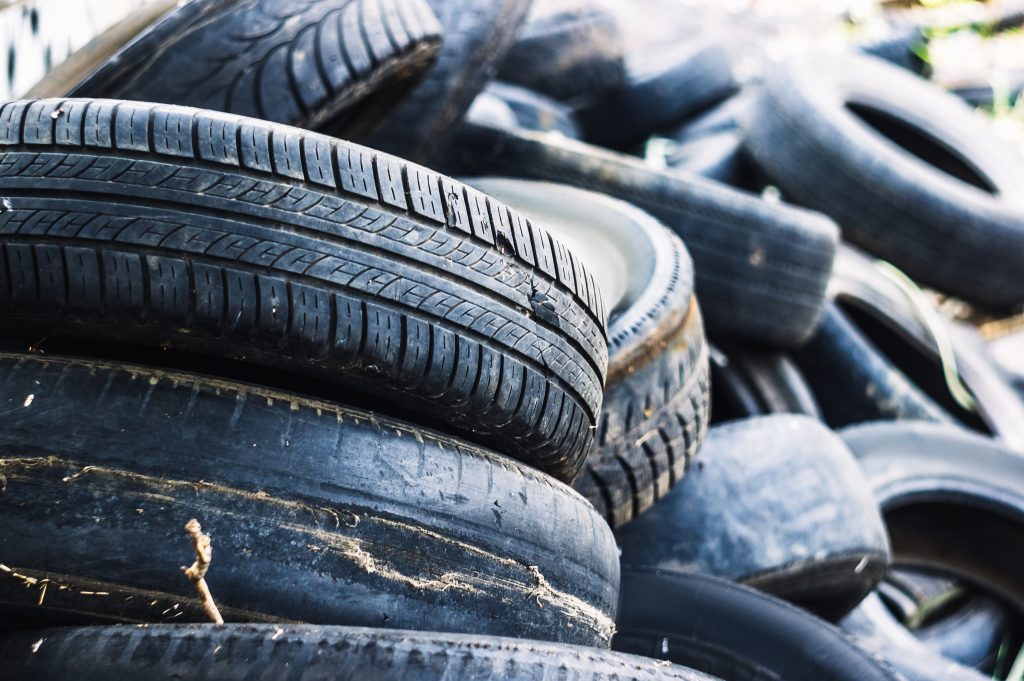Discarded Tires a Recycling Problem for Hawaii County
Tires discarded by the residents of Hawaii on roads or dumped at transfer stations are gathering at a faster rate than that with which the Hawaii County administration can deal with the piles of tires.
These tires are meant purely for recycling. The tires are shipped off Hawaii after the Department of Environmental Management collects as many tires as it can from the diverse waste streams on the island.
The county hopes that with a recycling facility established in the county, the issue will be resolved in a systematic manner. County code does not allow for the burying of even shredded recycled tires. Recycling is not really difficult; especially, given that recycled tires find different uses.
With the cost of disposal already built into the purchase price of tires sold by brands like Goodyear and Firestone, customers have, in effect, contributed to the disposal of tires.
In Hawaii, Goodyear sends tires to the Arizumi Tire Disposal and Services from where they reach a recycling center for being repurposed for use as filters, road construction, and other things.
Tires get discarded outside the collection streams mainly because dealers don’t always accept used tires manufactured by another brand and sometimes, vehicle owners choose to keep the old tires.
At present, solid waste workers have to scour the island’s roads and byways to look for discarded tires that are then hauled to storage centers.
If a recycling facility comes up in Hawaii county, it will ease the work pressure on Hawaii’s waste management administration and also save money.
In 2017-2018, the DEM collected 123 tons of tires from all over the island. Apart from being an environmental hazard and pollution risk, these discarded tires are also a health hazard because they provide an excellent breeding ground for mosquitoes.
How Can Businesses Benefit from Glass Recycling?
Glass recycling works well for businesses that generate glass and for the government because glass can be recycled forever with no reduction in quality. California recycles almost 80% of the glass produced. Beer and soft drink bottles contribute the maximum to the generation of recyclable glass.
Every ton of glass recycled saves nearly 1,300 pounds of sand, more than 400 pounds of soda ash, and 380 pounds of limestone.
The container and fiberglass industries are two major buyers of recycled glass. Every 10% increase in the use of glass in the form of cullet brings down energy consumption by as much as 3%.
The environment is spared the emission of nearly one ton of carbon dioxide for every six tons of recycled glass that is used. By participating in glass recycling programs, businesses contribute to a reduction in particulate matter and sulfur oxide in the atmosphere.
Cullets or pieces of glass used in the manufacturing mix help lower the temperature at which glass-making normally occurs, from 2800 degrees Fahrenheit to 2600 degrees Fahrenheit.
No waste is generated in manufacturing glass from cullet. Glass is made from materials that are non-toxic and is the sole packaging material to be certified as “safe” by the U.S FDA.
Businesses that contribute to glass recycling programs do not have to pay for the hauling and disposing of garbage that would also include glass.
Oahu in Hawaii generates 60,000 tons of waste glass each year. Recycling of this glass will reduce the strain on landfills.

